-
The Mighty Medlar: how to blet & make Medlar Jelly
 Lee Burkhill: Award Winning Designer & BBC 1's Garden Rescue Presenters Official Blog
Lee Burkhill: Award Winning Designer & BBC 1's Garden Rescue Presenters Official Blog

It's a real surprise that the mighty Medlar tree isn't more popular for small gardens. Not only is it a well-behaved small fruit tree, but it is self-fertile. Meaning it produces fruits without the need for a pollinator tree. It's also one of the only winter-fruiting trees, so why aren't they more popular?
This is probably down to the dark shadow that follows discussions about Medlars. About how they have to rot before you eat them. The fact they are referred to in France as 'Dogs arses'. They sound a bit grim based on this description and tricky to grow, and why would anyone want something that looks like a dogs backside? In addition, you don't see many of them either in urban gardens, so many gardeners simply don't know of their existence.
Sadly, the Medlar tree is misaligned and often overlooked, leaving it at the bottom of most gardeners' lists of fruit trees. However, this reputation is completely unnecessary, and Medlars make a wonderful fruit tree for even the smallest of gardens.
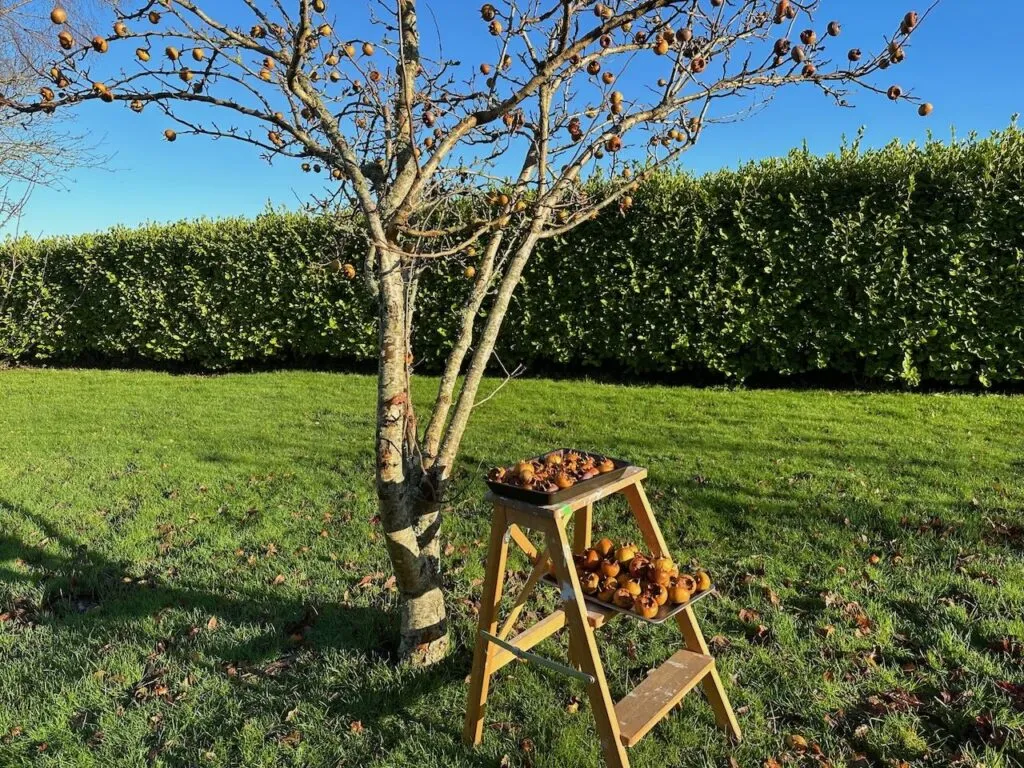
I want to encourage you to look at the Medlar tree's multiple benefits. It is one of the most trouble-free fruit trees for even the tiniest of gardens and requires little to no pruning. It flowers early in spring, has gorgeous felt-like leaves in summer and can cope with drought from heatwaves.
Got your attention? Great, let us delve deeper into this beautiful specimen.
This page contains affiliate links for products I use and love. If you take action (i.e. subscribe, make a purchase) after clicking a link, I may earn some gardening commission which helps me keep the Garden Ninja Blog free for all.
Medlars (Mespilus germanica) is one of the oldest fruit trees and is part of the Rosacea family. It's originally from South-West Asia and South-East Europe, where it grows natively. It's unusual as its fruits ripen (more on that later on) during winter, so it provides fruit during one of the scarcest fruit seasons.
Originating in Southwest Asia, the medlar found its way to ancient Greece and Rome, where it gained popularity for its unique fruit and ornamental qualities. The scarcity of winter fruit is why the tree was so popular in Roman times as a way to extend the fruiting season when Apples and pears had long been harvested.
In the 17th century, the medlar tree made its way to England, where it enjoyed a surge in popularity as an ornamental plant. Its presence in literature further solidified its cultural significance. Shakespeare's mention of the fruit in "Romeo and Juliet," referring to it as "open-arse," reflects the memorable nature of the medlar and the French nickname 'dogs arse'.
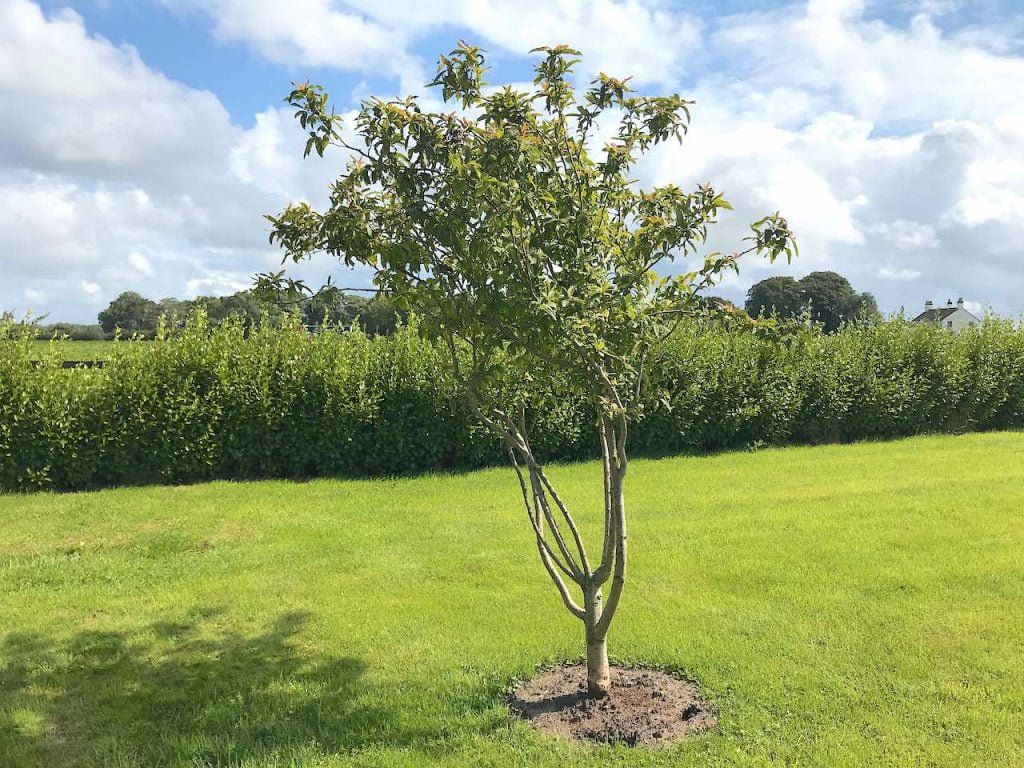
Above is a multi-stem gorgeous Medlar tree ideal for a small garden. It has contorted branches, ideally grown as a multi-stem specimen. It has many spectacular features, especially for a small city garden.
Medlars are one of the easiest garden fruit trees for beginners to grow. There are very few pests and diseases, and the beauty of Medlars is that they are mainly self-fertile. So you only need one to get fruit each winter. Medlars are well-behaved trees that can add a real wow factor to a small garden. Have a look at how I've used them in a show garden here for the BBC
My Auntie Joan always said, 'taste is subjective, my dear' and nothing is truer than describing a Medlar's tasting notes! There are plenty of descriptions online, from 'pureed rotten apple' to 'aromatic butter'. Don't let these put you off.
In my experience of eating fresh (after bletting) Medlars taste of a spicy floral apple puree. Very delicate and unusual. Most people shake their heads as they have heard of the bletting or rotting process required before you can eat them, so let's put that myth to bed.
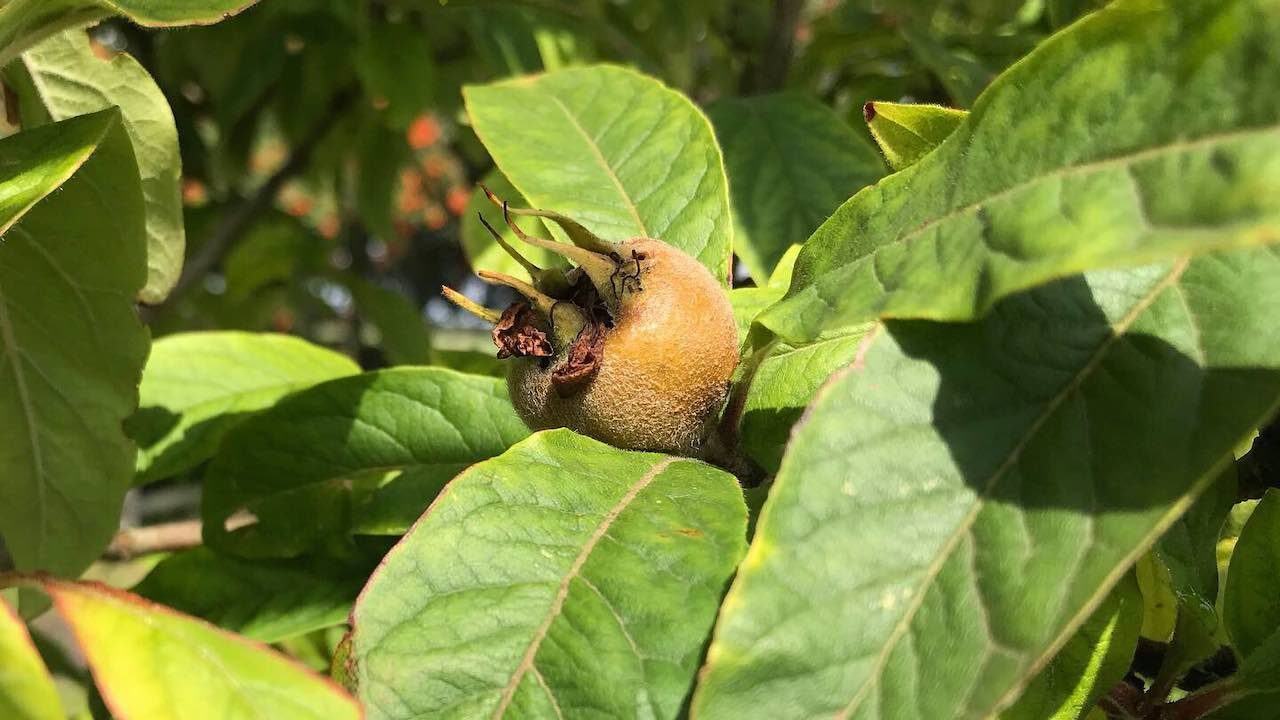
Medlars are slightly smaller than golf balls, with a distinctive Rosehip look about them. Once the medlar loses its leaves in winter, the fruits appear as a mass of small balls decorating the tree, a bit like Christmas tree decorations.
Medlars are best eaten once they have been bletted and they have softened. Once bletted, you can either eat the internal soft fruit with a spoon as a delicacy or use the medars to make jam, jelly or even medlar cheese!
Did you know that you can take my course and learn how to become a Garden Ninja yourself? Click here for details
There's a lot of misinformation about allowing Medlars to rot before you can eat them. Bletting is not rotting. To rot is to spoil, decay and become digested by bacteria. Bletting is a ripening process that softens the fruit, which is completely different. So next time you hear someone talk about rotten Medlars, get your shaky fingers out!
The Medlar fruit is incredibly firm when it is first harvested in December. Like small bullets of hard fruit. Great to collect in a bucket without bruising. Their firmness is partly where the myth that they need to rot comes in.
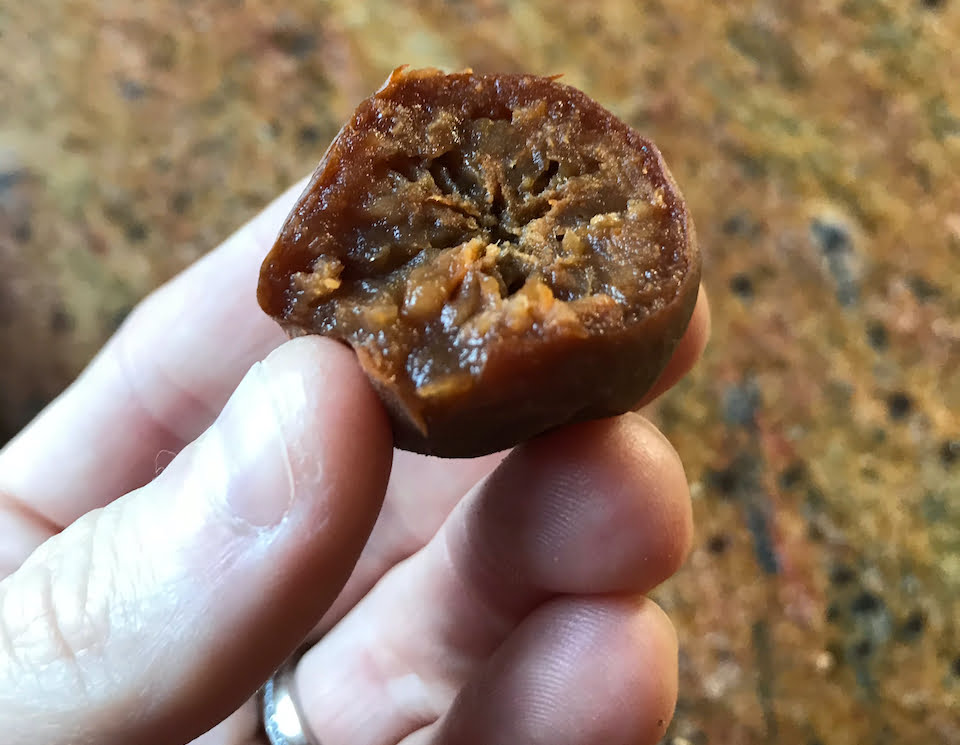
Above is a fully ripe & bletted medlar when cut open
Bletting is the process of letting fruits break down their internal fruit structures and release liquid and sugars. If you've ever tried to eat an unripe Pear, you will know that all fruit needs a period of softening to get them at their best.
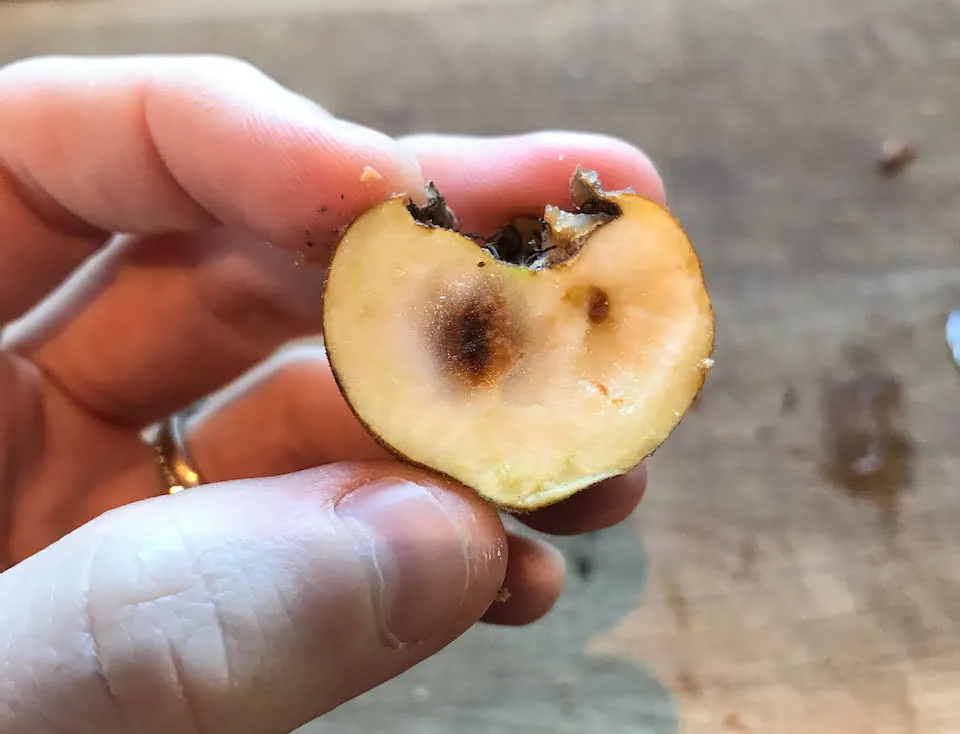
Above is an unripe Medlar. See the brown spots where it is starting to blet? You need to wait until the entire fruit reaches this stage
People often talk about rotting due to the transformation that these fruits go through. I must admit they do turn from their unusual Rosehip shape into something a little less appealing. This is as they turn a dark brown and soften, often leaking out clear sugar along the way. If you can put this ugly duckling reverse transformation to one side, the Medlar is a delicious delicacy.
Bletting medlars again comes with much confusion. Now we have established that bletting is not the same as rotting, it is essential to know why and how to blet the medlar winter fruits.
Bletting is a process unique to certain fruits, including medlars, that transforms their flavour and texture, making them palatable and enjoyable. Medlars are not typically consumed directly off the tree; instead, they undergo bletting to soften and develop their sweet, aromatic taste. Medlars take a minimum of 2 weeks to blet indoors.
Here's a step-by-step guide on how to blet medlars:
Bletting begins with harvesting medlars at the correct stage of ripeness. Wait until the fruits are fully developed and have attained a golden-brown colour, usually by the end of November in the UK. It's crucial not to harvest them too early, or they take too long to belt, or too late in the season once they have started to belt on the tree.
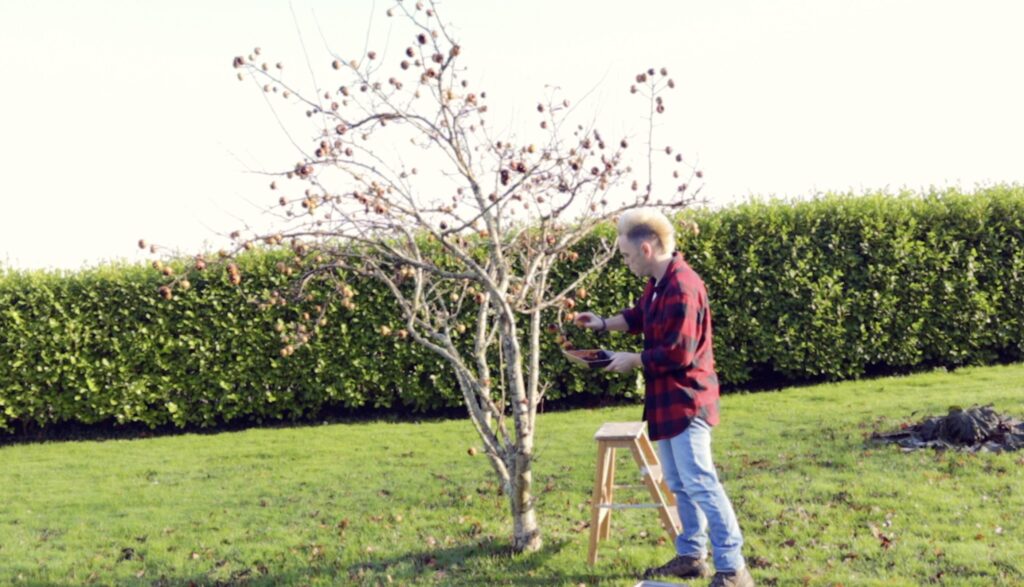
Assess the firmness of the medlars. They should feel slightly firm, similar to an unripe pear. If they are too hard, they are not ready for bletting. If they are super squishy, it's too late. They have already started to blet, but they still can be eaten if not too damaged.
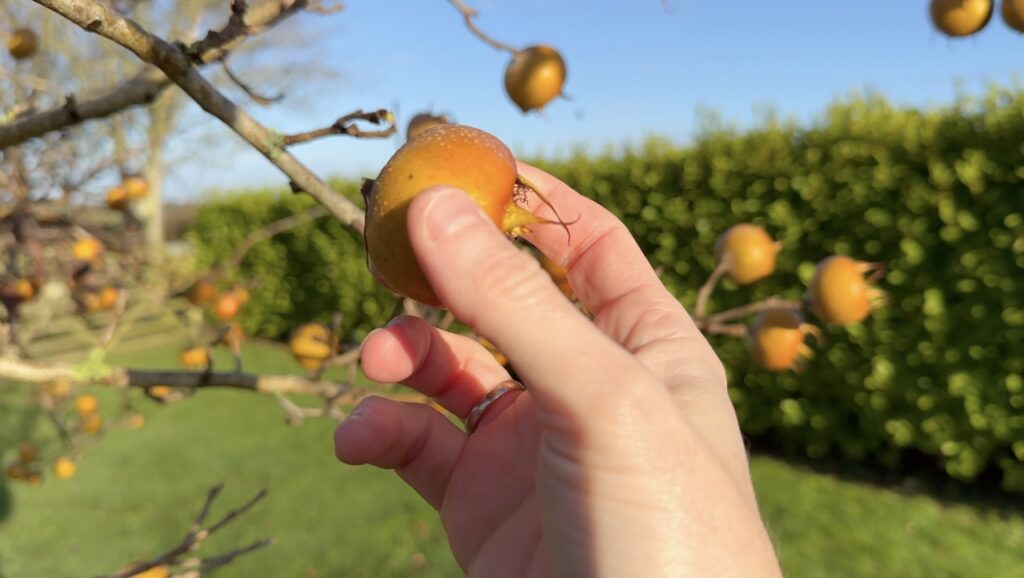
Place the harvested medlars in a cool, dark location, such as an oven tray, paper bag or wooden box. Ensure good air circulation to prevent mold, but keep them away from direct sunlight. Ideally, placing trays of medlars into a larder or in draws in a kitchen is best for a few weeks
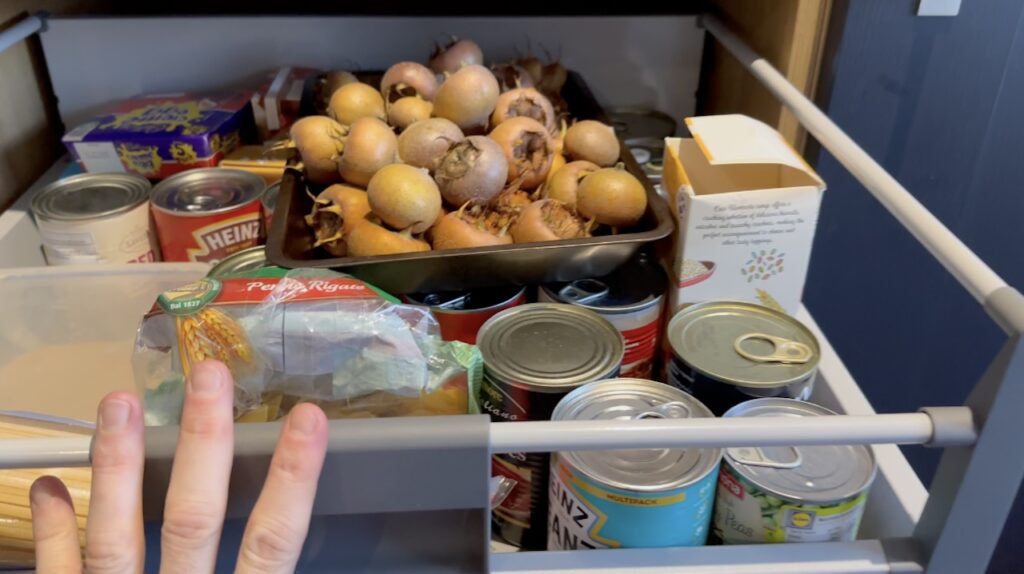
Bletting is essentially controlled decomposition. As the medlars age and undergo enzymatic changes, they will start to soften and take on a mushy texture. This process typically takes a few weeks.
Most medlars will take 2-3 weeks to fully blet.
Regularly check the medlars for signs of bletting. They should become noticeably softer, and the skin may wrinkle. Some medlars may even develop a dark, bruised appearance – a sign that bletting is progressing.
Once the medlars have reached the desired level of softness, conduct a taste test. Bletted medlars should have a sweet, honey-like flavour with a hint of spiciness, like a spicy pear with a butter finish. The flesh should be soft and spreadable. Bletted medlars will have a light brown colouration.
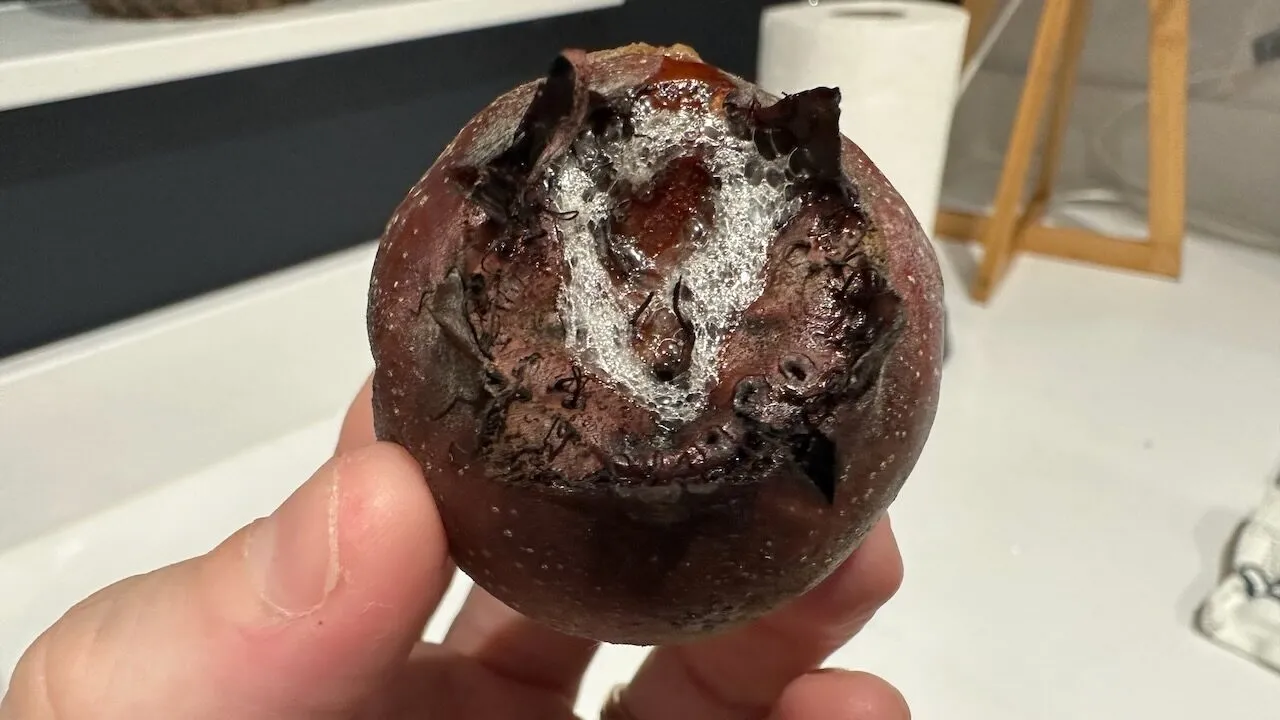
If you want to slow down the bletting process, you can place the medlars in the refrigerator. This helps extend their shelf life and allows you to enjoy them over a more extended period.
Bletted medlars are versatile and can be used in various culinary applications. They can be eaten as is, added to desserts, made into jams or medlar jelly, or even incorporated into savoury dishes for a unique twist.
Making Medlar jelly could not be easier, especially if you use jam sugar that has added pectin (this helps the jam set) or you add an apple into the jam to help increase these pectin levels. If you've been following my gardening blog, you'll know I love making jam with gluts of fruits such as Damsons.
Once you have a mature medlar tree, you're bound to end up with at least a bucket full of fruit each winter. More than enough to make jelly and cheese from. There are plenty of recipes online for Medlar jelly, cheese and other Medlar delicacies.
If you have a young medlar tree, you'll probably harvest 500g of a young small tree in years one or two. So I'm going to give you a recipe to make one jar; scale it up the more Medlars you have!
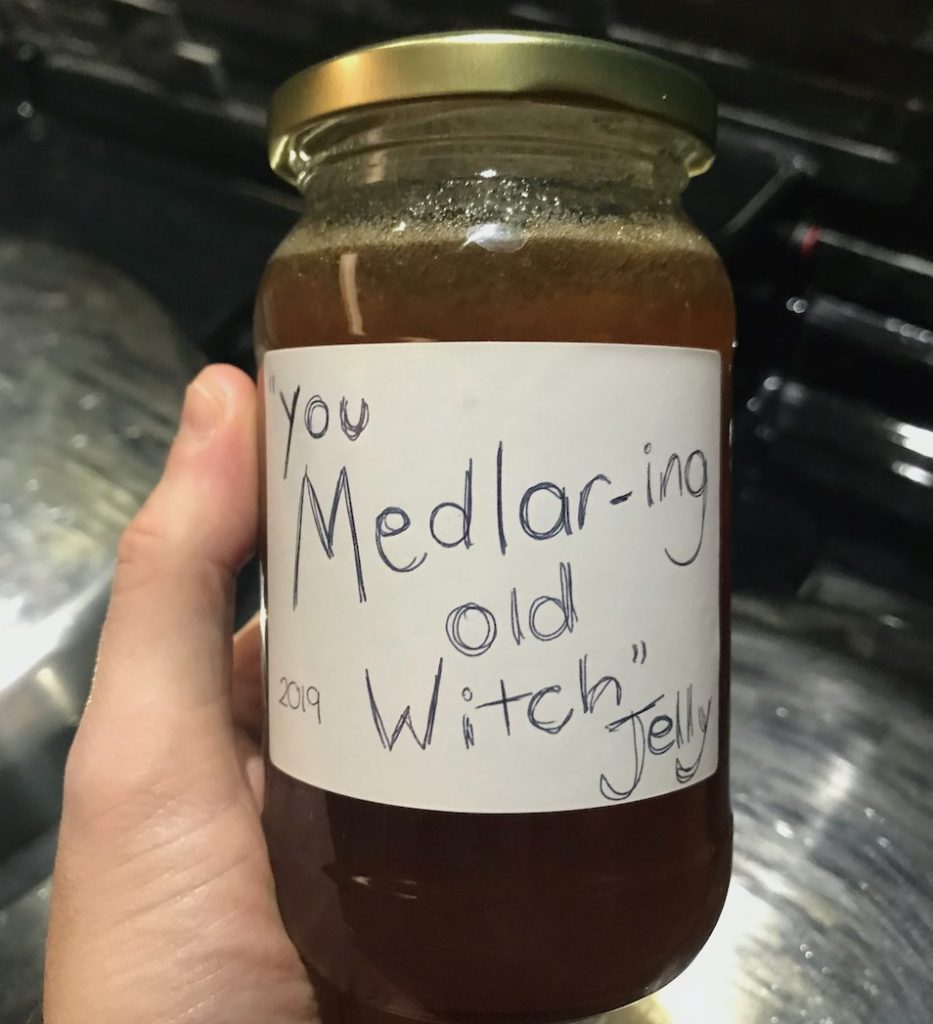
I like to give my jams ridiculous names. It's a great talking point when people get them out the cupboard and also adds a bit of fun to jam-making.

The ingredients below will make one jar of Medlar jelly. Scale it up depending on how much fruit you have, i.e. 600g of Medlars double the sugar and liquid.
Step 1: Wash and cut Medlars in half and place in a large pan.
Step 2: Cut the lime into four and add to the pan
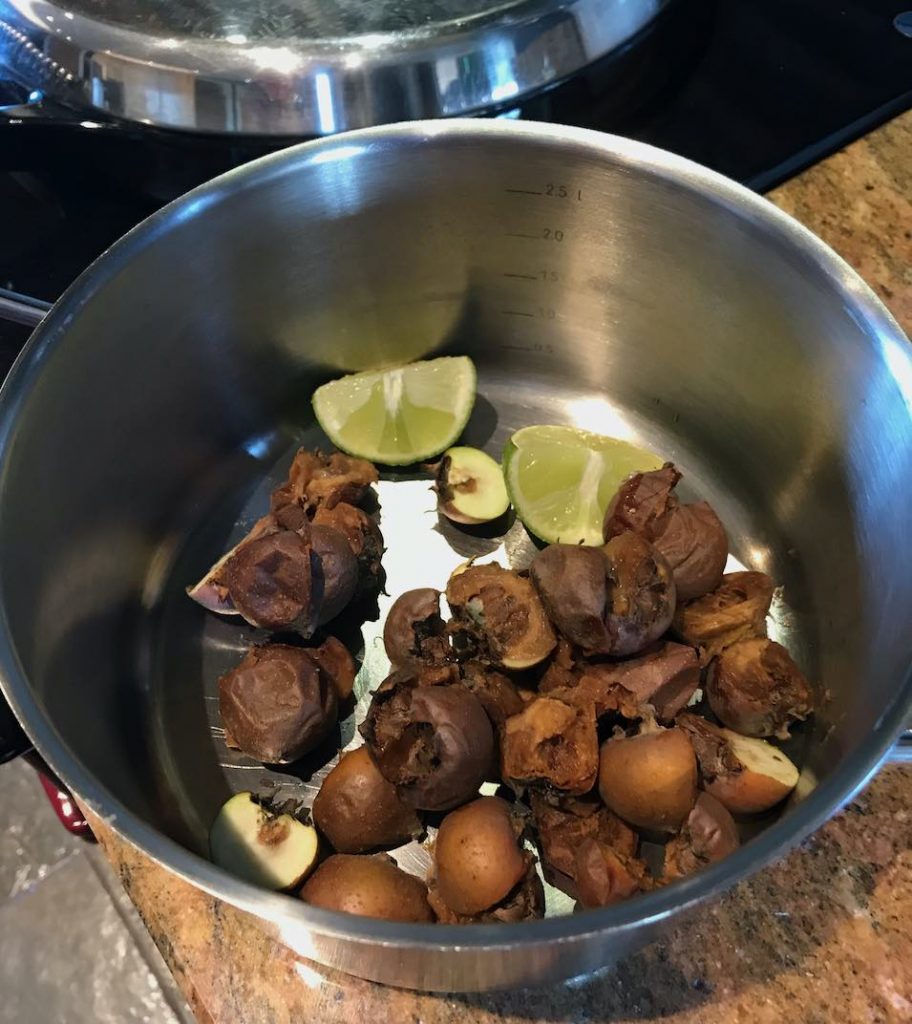
Medlars above are added to a large jam pan.
Step 3: Add 1 small baking apple if you're planning on using normal caster sugar, leave the skin on, and slice into quarters.
Step 4: Add the water to the pan and bring to a simmer.
Step 5: Cover the pan and leave to simmer for an hour. Don't let it boil dry; keep checking on it. I like to keep it bubbling by turning the heat down. I stir it delicately once or twice to ensure the Medlars are releasing their goodness! If you mash them too hard, the jelly will be cloudy; it won't affect its taste, just appearance.
Step 6: After an hour, take the pan off the heat and then pass the liquid through a jelly bag or piece of clean material to catch all the debris whilst you transfer it to another clean pan. You want the golden-coloured liquid.
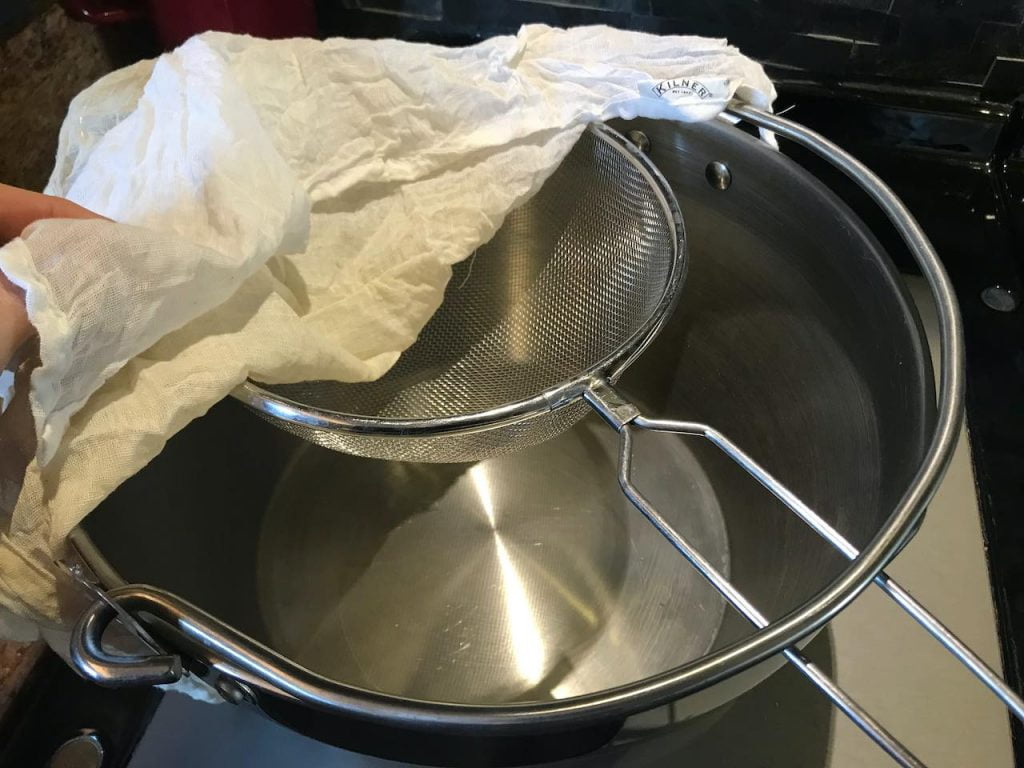
Passing the boiled mixture through a jelly bag to extract the golden liquid - give it a quick squash to get all the juice out.
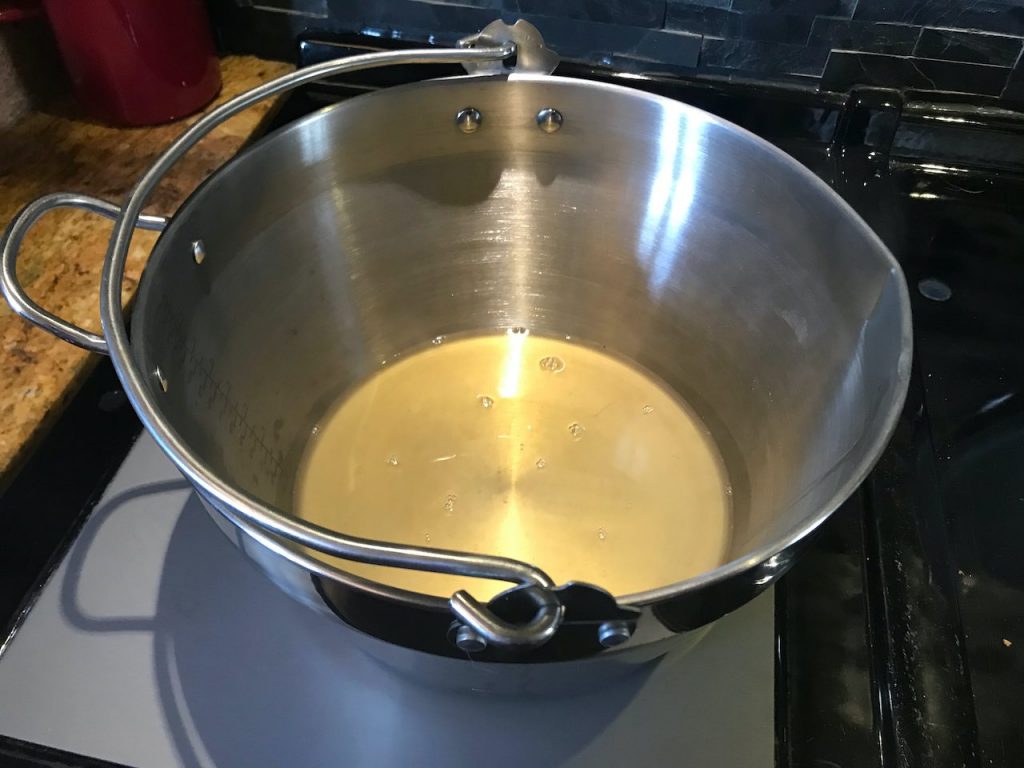
The Medlar liquid will be golden and rather unassuming!
Step 7: Bring the liquid to a boil for 4 minutes.
Step 8: Add the 300g of sugar to the liquid and wait for it to return to a boil.
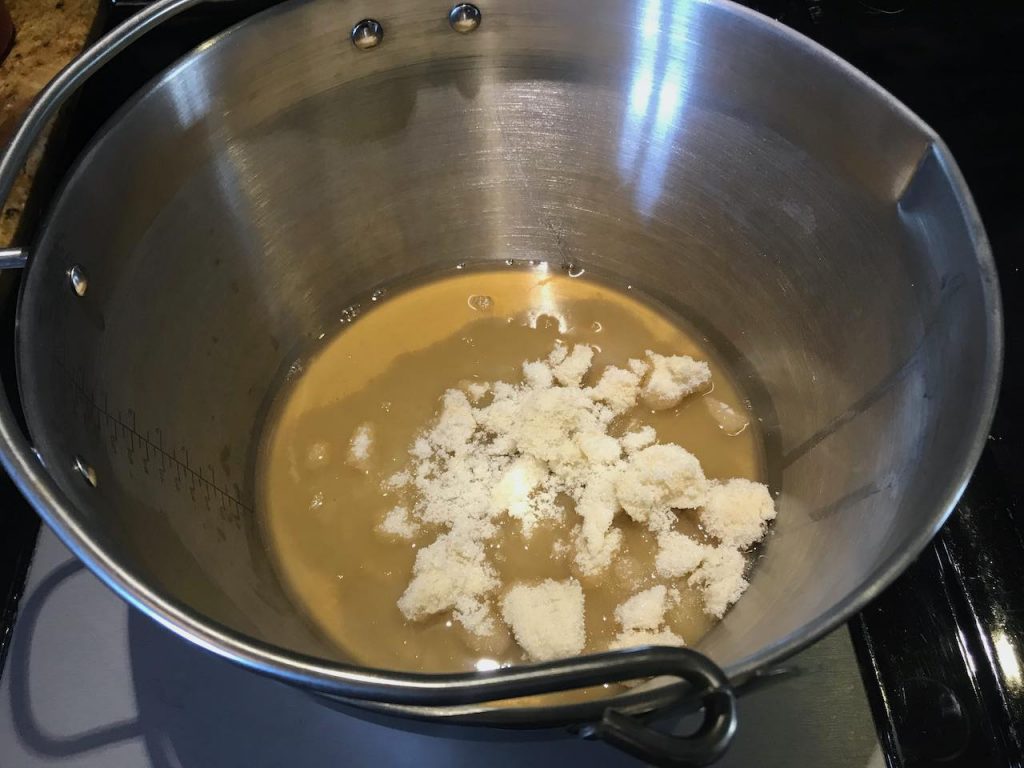
Adding the sugar to the boiling Medlar liquid and bring it back to the boil
Step 9: You want this liquid to reach a setting point. I use a jam thermometer, but you can use the cold plate test (Place a small blob on a cold plate out of the fridge - if it forms a skin, it's ready. If not, boil it for another 2 minutes.
Step 10: You want t to boil it for around 6 mins for a one-jar quantity of up to 10-15 mins for multiple jars.
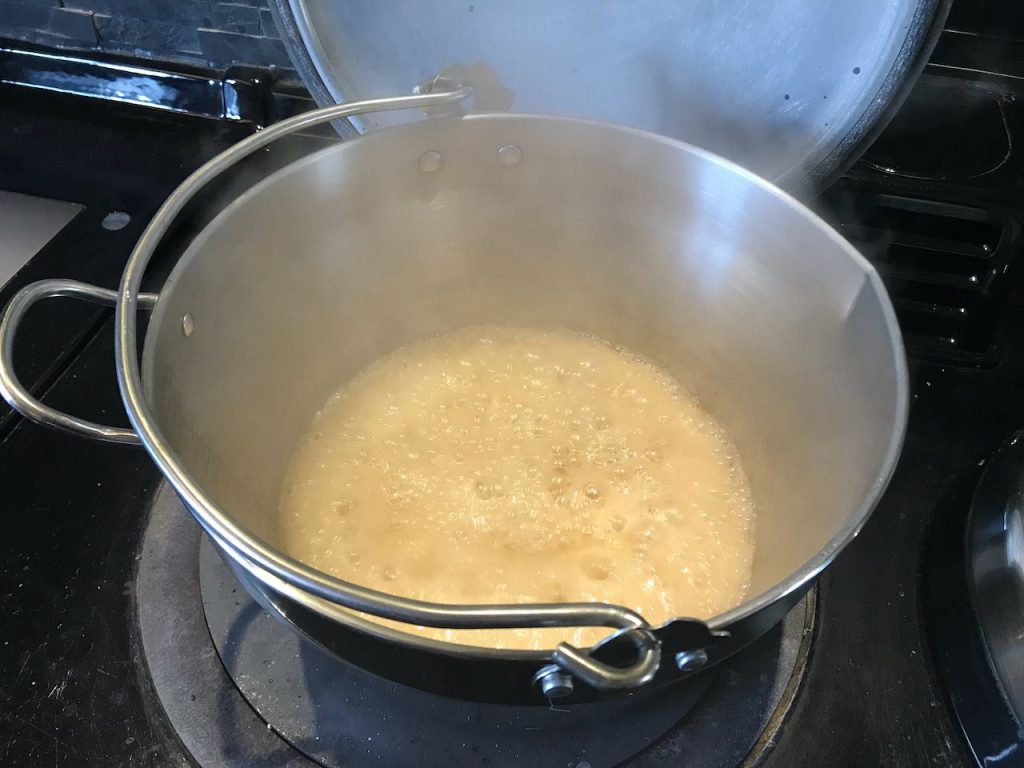
A raging boil will help get you to the setting point - keep your eyes out and use a jam thermometer to stop it from turning into Medlar caramel!
Step 11: Once ready, decant into a clean sterilised jam jar, allow to cool, then place the lid on.
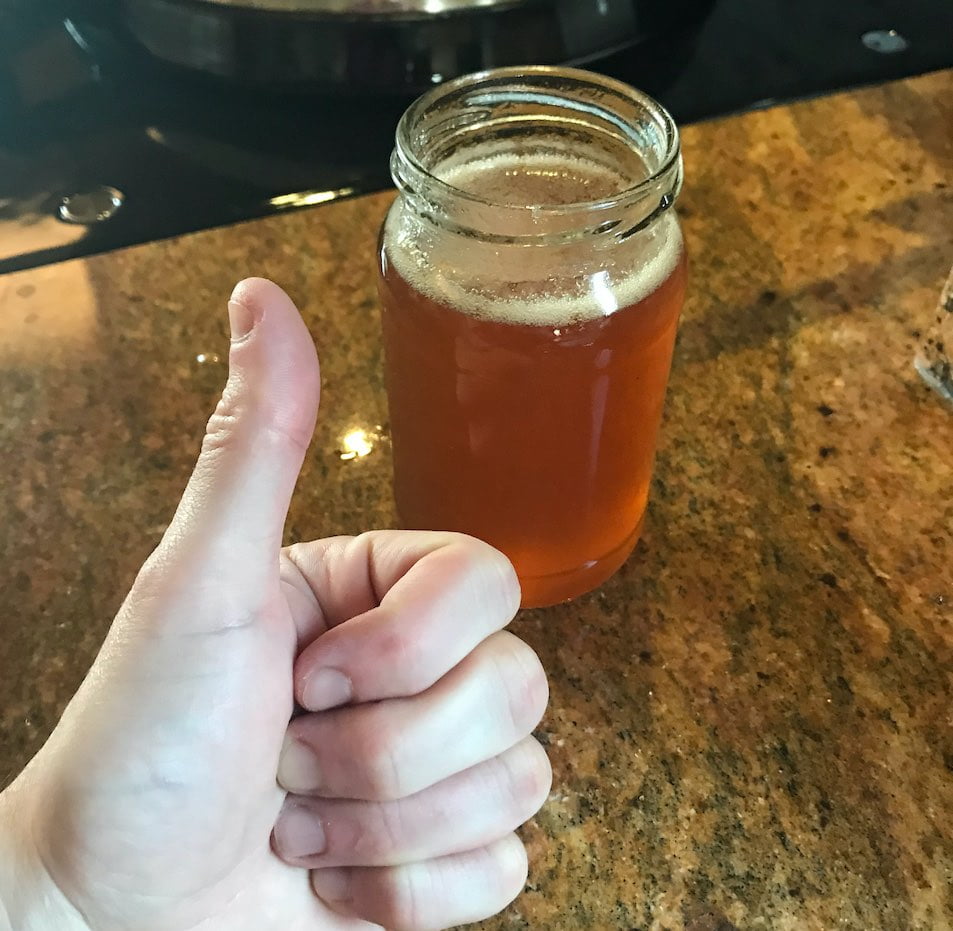
You now have the most incredible dinner party jelly to impress your friends!
Medlars are also prized as a bit of a delicacy, probably down to their rarity and odd appearance. There is more to Medlars than simply blitzing them into jelly. They are actually delicious on their own, eaten with a spoon. I like to cut them in half and serve them as a mini dessert after dinner.
They are delicious with cheese or roasted in the oven with Chicken or Duck. So why not go nuts and see what dishes you can give a taste of the unusual to?
In conclusion, bletting medlars is a captivating journey that transforms these unique fruits from firm orbs to delectable, honeyed treasures. As we've explored the steps to master the bletting process, from harvesting at the right time to savouring the sweet rewards, it becomes evident that the magic of medlars lies in their ability to surprise and delight.
Whether you're a seasoned gardener or a curious culinary explorer, the experience of bletting medlars opens the door to the world of extraordinary flavours and historical significance. So, embrace the bletting adventure, savour the sweetness, and let the ancient charm of medlars grace your palate and kitchen with its one-of-a-kind allure. Happy bletting!
Are you a Medlar fanatic? Have you grown medlars at home or do you dislike the taste of them and avoid them? Why not let me know by leaving a comment below or getting in touch with Garden Ninja on Social media Tweet, Facebook or Instagram me.
You can also follow me on YouTube where I’ve got plenty of garden guide vlogs to help you make your garden awesome! Happy Gardening.


You must be logged in to post a comment.

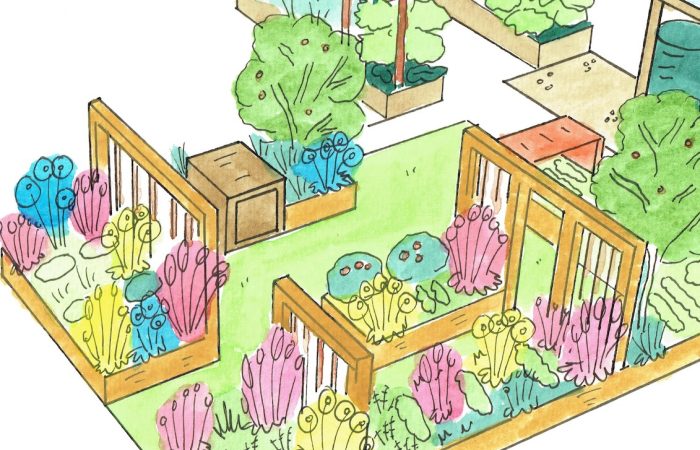

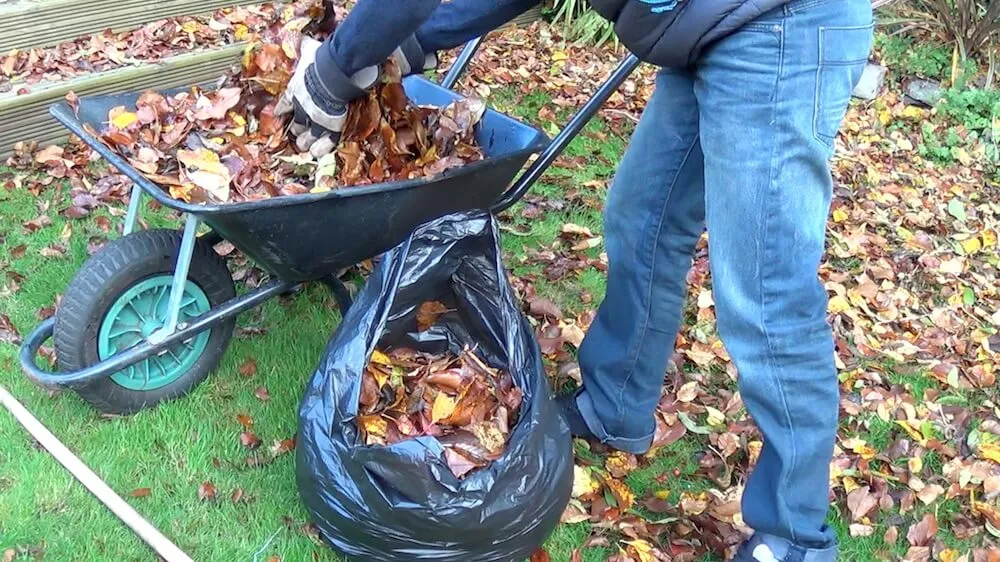
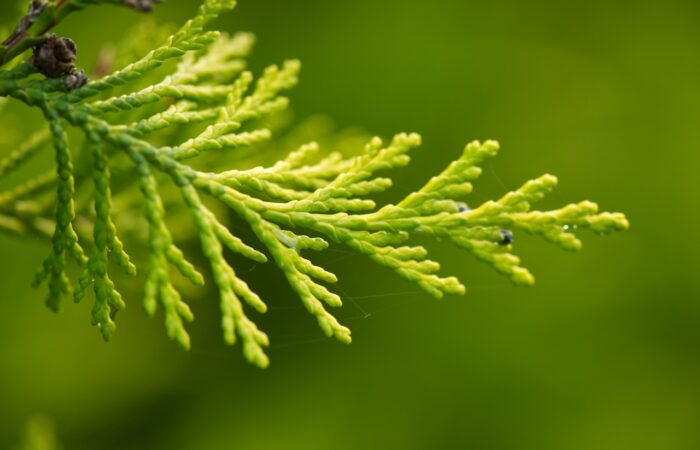

JOIN THE NINJAS

Be the first in line for new Guides, Discount codes and Offers
Hi Lee. Am very impressed with your incredible knowledge and work. Will buy some Medlars and Damsons and go at it! Thank You for inspiration. Just wonder if You have some tutorials here or maybe on youtube on how to plant this trees the right way? Godbless Sir.
I just heard this delicious jelly mentioned on the British crime drama Midsomer Murders. I do hope I can locate a nice quantity of the fruit here in NYC.
What temperatire for the Jam thermometer please!??
104-105. Raging bubble!!! Happy jam making. Lee
I did a batch last year and had a problem getting it to set. I had to re boil it with some pectin.
This year’s batch (which I am just in the process of filtering) I have put in a cooking apple and a lemon. Will be interesting to see the difference.